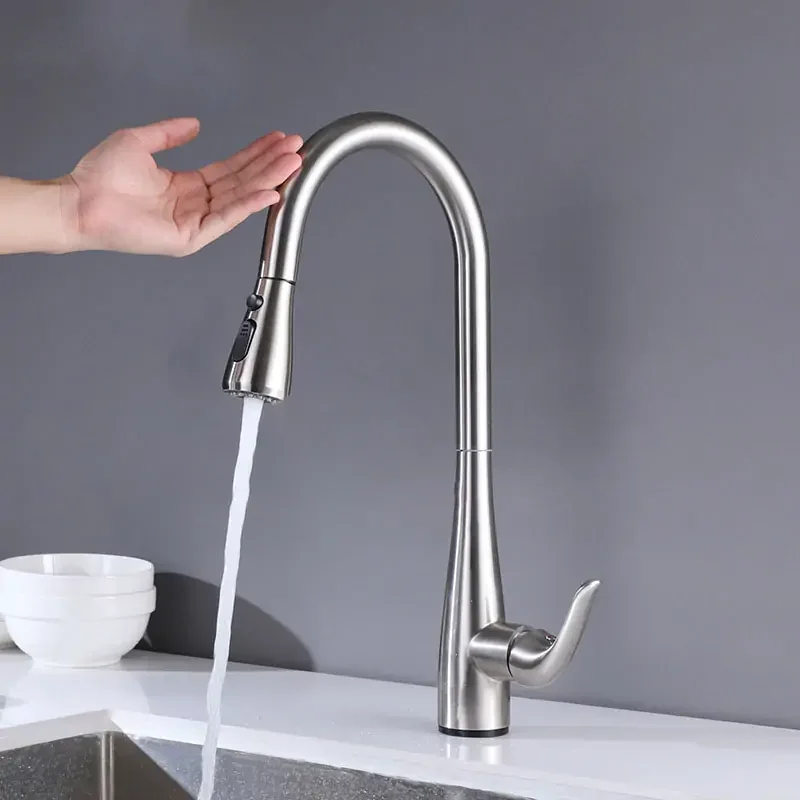
My stainless steel faucet is rusting. Is it Fake? Of course not! Stainless steel contains chromium, nickel. When it exposures to cleaners, chlorides, high humidity, high salinity, or mechanical wear, it will rust.
Stainless steel never rust is not true
The rust resistance and corrosion resistance of stainless steel are due to the composition of the chromium-rich oxide film (passivation film) on the surface. The rust resistance and corrosion resistance are relative. In a nutshell, stainless steel is steel that is not easy to rust, not steel that does not rust!
Experiments show that the corrosion resistance of steel in weak media such as the atmosphere and water and oxidizing media such as nitric acid improves with the increase of the chromium in the steel. When the chromium reaches a certain percentage, the corrosion resistance of the steel will change. That is to say, the steel is transformed from easy to rust to not easy to rust, from no corrosion resistance to corrosion resistance.
Why does stainless steel rust?
When the stainless steel showed brown rust spots (dots), people were surprised: "Stainless steel does not rust, and the rust steel is not stainless steel. This stainless steel product must be low quality. In fact, this is a one-sided erroneous view of a lack of understanding of stainless steel. Stainless steel will rust under certain conditions.
Stainless steel has the ability to resist atmospheric oxidation-that is, rust resistance, and it also has the ability to resist corrosion in environment containing acid, alkali and salt-that is, corrosion resistance. But its anti-corrosion ability is changed with its steel material composition and environment. For example, 304 steel has excellent ability of anti-corrosion in a boring and clean atmosphere, but when it is changed to the seaside area, it will quickly rust in sea fog with a lot of salt; while 316 steel performs well . Therefore, it is not any kind of stainless steel, which is corrosion-resistant and does not rust in any environment.
How to remove rust from stainless steel
Toothpaste
Firstly moisten the rusty area with water, then squeeze out toothpaste and wipe it quietly with a soft cloth, and then rinse with water. Repeat for many times until the rust is removed. Try it!
PotatoSkin
Use the peeled off potato skin (the meaty side) and repeatedly wipe the surface of the stainless steel faucet. You will find that the dirt and limescale will be gradually washed away.
Tomato Ketchup
Don't throw away the leftover tomato ketchup in a hurry. Dip a proper amount of ketchup and apply it to the rusty part of the faucet. Leave it for about 5 minutes, then wipe it with a damp cloth. The rust will disappear immediately.
Stainless steel is a healthy material that is lead-free and resistant to acids, alkalis, corrosion, and harmful substances. It can ensure human health and hygiene.Stainless steel faucets are safe, lead-free, free from corrosion and exudates, and have no odor or turbidity. It will not cause secondary pollution to water, keep water clean and hygienic, and ensure complete safety and safety.

In fact, at present, the market is still more popular copper basin faucet, the price is in the middle and high-end market. Stainless steel faucets take longer to use than copper faucets. Of course, the price will be more expensive. So it is no need to worried about this question.